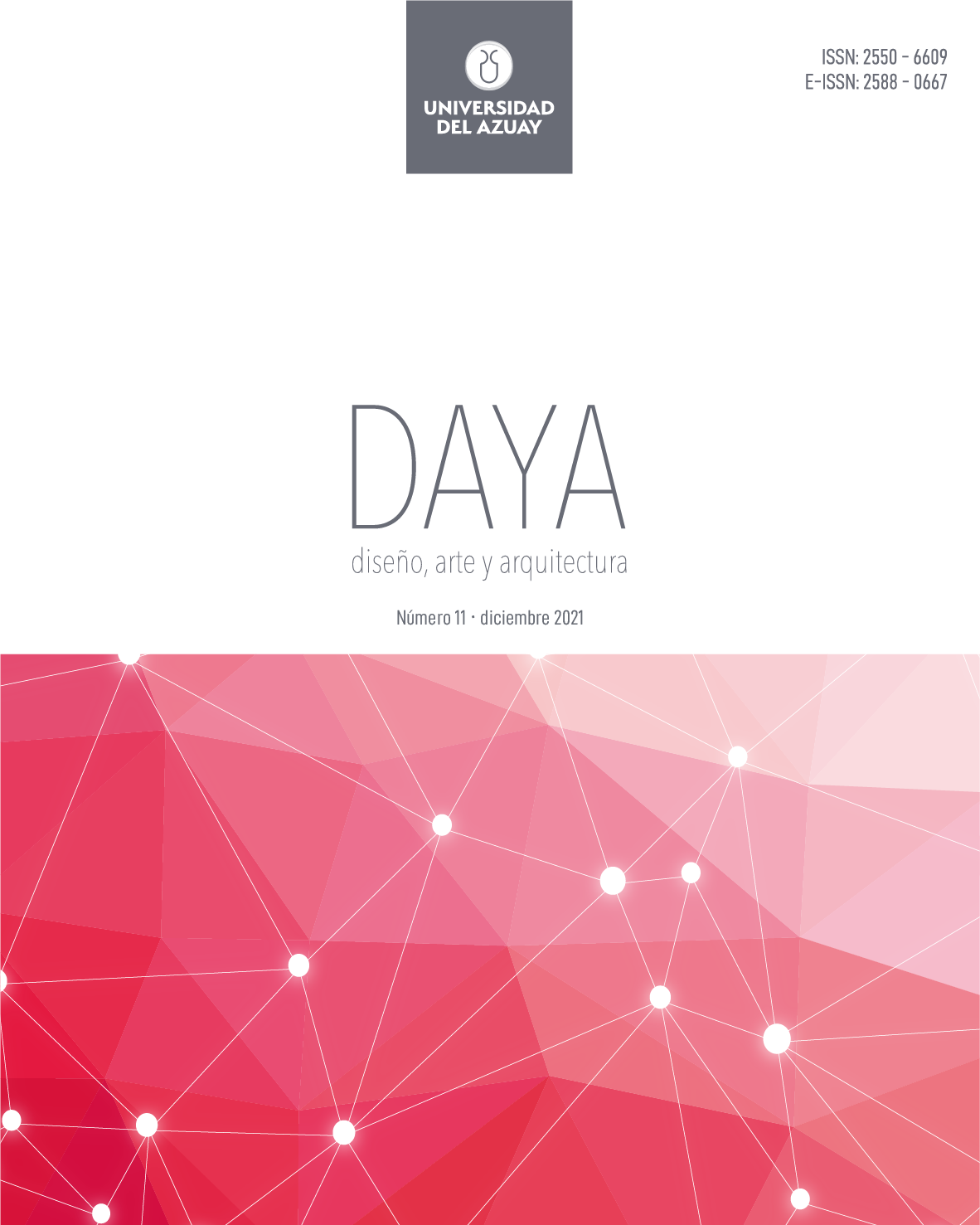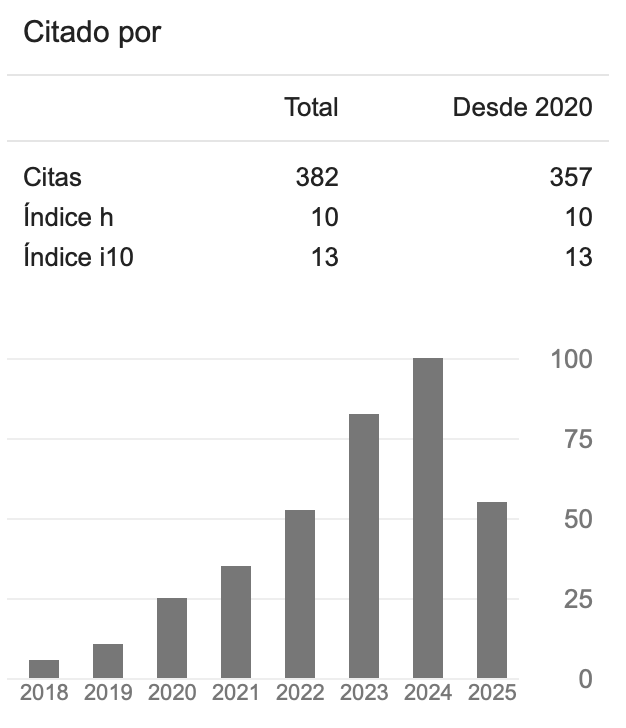NEUROHÁBITAT DEL DISEÑO A LA SINAPSIS
DOI:
https://doi.org/10.33324/daya.vi11.456Palabras clave:
Diseño, neurociencias, cognición, hábitatResumen
¿Puede el diseño condicionar nuestra conducta? ¿Puede condicionar cómo nos sentimos? ¿Puede modificar nuestra mente? Al paso del tiempo la práctica del diseño ha sido sinónimo de estética, modernidad y estatus, ha sido modificada por los medios y las herramientas tecnológicas, lo cual ha llegado a permitir la creación de un hábitat construido fusionado entre la información digital y el mundo real que habitamos utilizando técnicas novedosas con las cuales interactuamos hoy. Este artículo describe un acercamiento a la base conceptual de un nuevo paradigma dentro del diseño en general llamado Neurohábitat un paradigma repleto de oportunidades para la investigación, que parte del hecho de que el objeto final de este hábitat diseñado y construido son los sujetos que lo habitan y experimentan. Esto simboliza una práctica transhumanista que antepone el desarrollo de la experiencia y vida humana, al beneficio económico, político o de otra naturaleza de los sujetos. La incorporación de la ciencia al diseño podría representar el surgimiento de un nuevo avance para los planteamientos metodológicos y teóricos de la disciplina dentro de un mundo cada vez más cambiante y digitalizado.
Palabras clave: Diseño, neurociencias, cognición, hábitat.
Abstract
Can design condition our behavior? Can it condition the way we feel? Can it modify our mindset? Over time, the practice of design has been synonymous with aesthetics, modernity and status, it has been modified by the media and technological tools, which has come to allow the creation of a built habitat fused between digital information and the real world we inhabit using novel techniques with which we interact today. This article describes an approach to the conceptual basis of a new paradigm within design in general called Neurohabitat, a paradigm full of opportunities for research, which starts from the fact that the final object of this designed and built habitat is the subjects that inhabit it. and they experiment. This symbolizes a transhumanist practice that puts the development of human experience and life before the economic, political or other benefits of the subjects. The incorporation of science into design could represent the emergence of a new advance for the methodological and theoretical approaches of the discipline within an increasingly changing and digitized world.
Keywords Design: neurosciences, cognition, habitat.
Descargas
Publicado
Cómo citar
Número
Sección
Licencia
Derechos de autor 2021 info:eu-repo/semantic/openAccess

Esta obra está bajo una licencia internacional Creative Commons Atribución-NoComercial-CompartirIgual 4.0.






